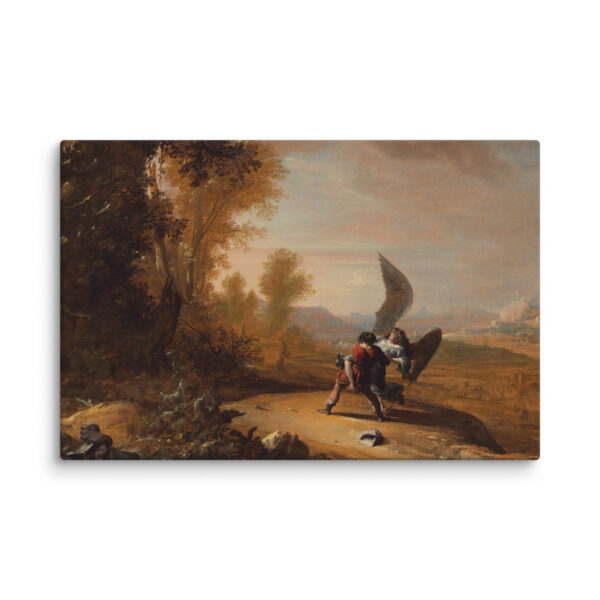Bartholomeus Breenbergh

Bartholomeus Breenbergh, a notable Dutch painter of the 17th century, is renowned for his picturesque landscapes and historical scenes that merge the tranquility of nature with the grandeur of ancient ruins. Born in 1598 in Deventer, Breenbergh was deeply influenced by his travels to Italy, where he absorbed the classical beauty of the Roman countryside and the dramatic lighting typical of the Italianate style. His paintings, such as “Landscape with the Expulsion of Hagar” and “Italian Landscape with the Tomb of Caecilia Metella,” are celebrated for their meticulous detail, atmospheric light, and the harmonious interplay between human figures and the natural environment.
Breenbergh’s works often feature biblical or mythological narratives set against expansive landscapes that evoke a sense of timelessness and historical depth. His skillful use of perspective and keen observation of nature allowed him to create compositions that are both serene and richly detailed, capturing the subtle interplay of light and shadow with a delicate, almost poetic sensibility. Despite not achieving the same level of fame as some of his contemporaries, Breenbergh’s paintings are highly valued for their unique blend of realism and idealism, making significant contributions to the landscape genre and the broader context of Dutch Golden Age art. Today, his works are admired for their artistic elegance and the serene beauty they bring to the depiction of historical and natural subjects.

